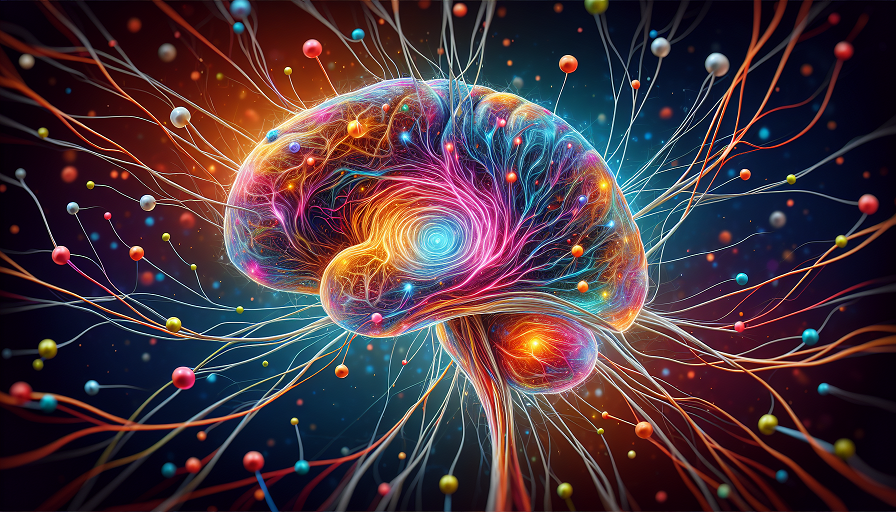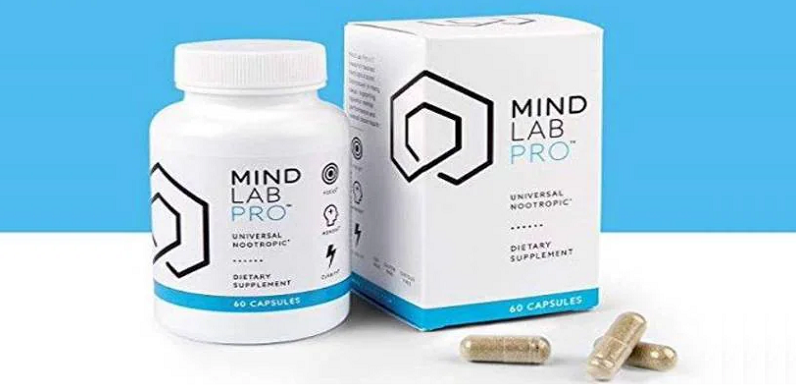
This is the story of how I overcame creative stagnation and developed my most innovative ideas with the help of nootropics and a renewed approach to brainstorming.
Contents
Stuck in a Rut
Brainstorming used to be my favorite part of any project. I loved the energy of bouncing ideas around, sketching out concepts, and connecting seemingly unrelated thoughts to form something new. But over the past year, that spark had dimmed. Instead of feeling inspired during brainstorming sessions, I felt stuck. The ideas I came up with were predictable, and the creative flow that once came so easily now felt out of reach.
The frustration came to a head when my team was tasked with developing a new campaign for a major client. This wasn’t just any project—it was the kind of opportunity that could define our careers. But every time I tried to brainstorm, I drew a blank. My mind felt sluggish, and no matter how hard I tried, I couldn’t seem to think outside the box.
“I need a breakthrough,” I told myself one evening as I stared at a blank whiteboard. I knew I couldn’t afford to keep spinning my wheels. It was time to try something new.
Discovering Nootropics
That night, while scrolling through articles on creativity and focus, I came across the term “nootropics.” The idea of cognitive enhancers intrigued me. Could supplements designed to support brain health really help with creativity and problem-solving? I started reading testimonials from entrepreneurs, creatives, and professionals who credited nootropics with helping them stay sharp, focused, and innovative.
The more I read, the more intrigued I became. Ingredients like Lion’s Mane, which promotes neuroplasticity, and L-Theanine, which enhances calm focus, seemed tailor-made for brainstorming. I also learned about Bacopa Monnieri, known for improving memory and learning, and Rhodiola Rosea, which helps combat mental fatigue. Encouraged by the potential benefits, I decided to give nootropics a try.
I ordered a blend designed for creativity and focus and decided to pair it with a new approach to brainstorming. If I was going to tackle this challenge, I needed to create the right conditions for inspiration to strike.
The New Routine
The nootropics arrived a few days later, and I began taking one capsule each morning with my coffee. I also made some changes to my daily routine to maximize their impact. First, I set aside an hour each day for uninterrupted brainstorming, free from distractions. I also started incorporating mindfulness exercises to clear my mind and get into a creative headspace before each session.
The first few sessions felt like a struggle, but by the end of the week, I noticed a difference. My thoughts felt clearer, and I was able to focus on generating ideas without getting bogged down in self-doubt. The real breakthrough, however, came during the second week.
The Brainstorm Breakthrough
It was a Wednesday afternoon, and my team had scheduled a brainstorming session to finalize our campaign concept. I took my nootropic as usual that morning, spent 10 minutes meditating, and reviewed the notes I’d been working on over the past week. When the session started, something felt different.
As my colleagues shared their thoughts, I found myself connecting the dots between ideas in a way I hadn’t been able to before. I suggested a concept that built on their input while adding a unique twist that aligned perfectly with the client’s vision. The room went quiet for a moment before my manager spoke up. “That’s brilliant,” she said. “Let’s build on that.”
For the next hour, the energy in the room was electric. We refined the concept, added new elements, and by the end of the session, we had a fully fleshed-out campaign idea. It was bold, innovative, and exactly what the client was looking for. I left the meeting feeling exhilarated. For the first time in months, I felt like I’d tapped into the full potential of my creativity.
Seeing the Results
The campaign was a resounding success. The client loved our concept, and it generated a wave of positive feedback from their audience. For me, the experience was transformative. It wasn’t just about the success of the project—it was about rediscovering the joy of creativity and collaboration.
Since that breakthrough, I’ve continued using nootropics as part of my creative routine. They’ve helped me stay focused during brainstorming sessions, think more flexibly, and approach challenges with a sense of curiosity rather than frustration. I’ve also developed a deeper appreciation for the process of creativity—one that’s as much about preparation and mindset as it is about inspiration.
One of the most rewarding moments came when a colleague pulled me aside after a meeting. “You’ve been on fire lately,” she said. “Your ideas are incredible.” Hearing those words was a reminder of how far I’d come—and how much more I could achieve with the right tools and mindset.
Scientific Insights and Research
The benefits I experienced are supported by scientific research on nootropics and cognitive function. Lion’s Mane, for example, promotes the production of nerve growth factor (NGF), which supports neuroplasticity. This process allows the brain to form new connections and adapt to novel challenges, making it a powerful tool for creative thinking.
L-Theanine, often paired with caffeine, promotes alpha brain wave activity, which is associated with a state of relaxed focus. This mental state is ideal for brainstorming, as it allows for free-flowing ideas without the interference of stress or distractions. Similarly, Bacopa Monnieri enhances memory and processing speed, making it easier to recall and integrate information during creative sessions.
Finally, Rhodiola Rosea helps reduce mental fatigue and stress, both of which can inhibit creativity. By creating a calm, energized mental state, nootropics provide the foundation for sustained focus and innovative thinking. While they’re not a replacement for hard work and practice, they can be a valuable tool for anyone looking to unlock their creative potential.

